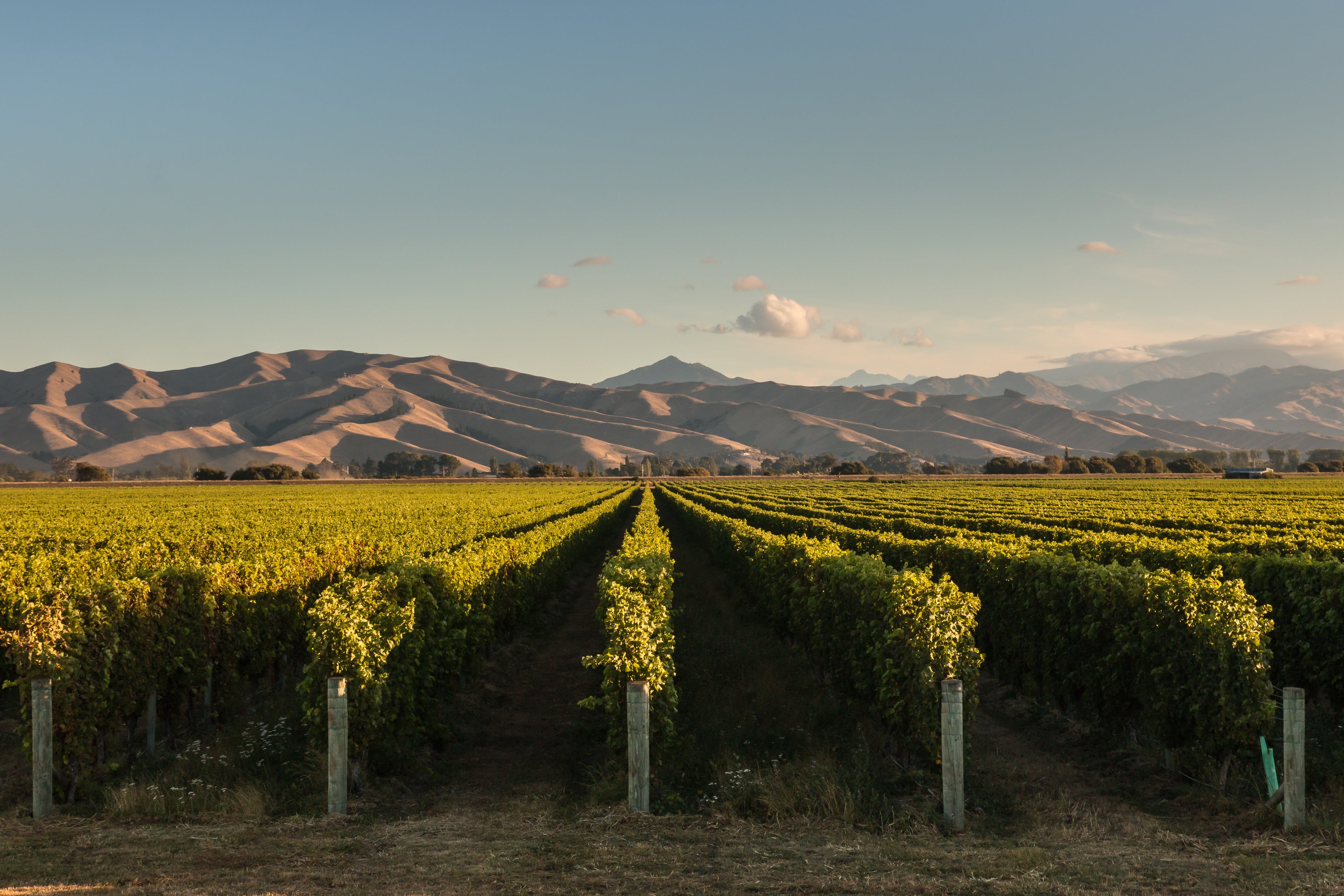
Georgian grapes and wine making
Saperavi:
Red grape variety native to Georgia. Known for its deep, dark colour and robust tannins. Offers flavours of dark fruits, such as blackberries, plums, and cherries. Often used to produce full-bodied, age-worthy red wines with good structure and potential for ageing. Saperavi is a rare type of grape with both red skin and red flesh. This attribute is what gives Saperavi wines their notable deep colour.
Saperavi grapes are small, with thick dark skins. These grapes yield wines of a deep, inky colour, high in acidity and tannins. When it comes to flavour, Saperavi often carry a mix of ripe black fruit, such as blackberries and plums, often accompanied by a hint of spice, and, in some aged versions, notes of chocolate and tobacco.
Meal Pairing: Grilled steaks, roasted lamb, or hearty stews. Its acidity and flavour profile also work well with a range of hard, aged cheeses.
Mtsvane:
White grape variety originating from Georgia. Translates to "green" in Georgian, referring to the grape's greenish-yellow skin colour. Displays vibrant acidity and fresh citrus flavours, including lemon and grapefruit. Often exhibits floral and herbal aromas, such as white flowers and chamomile. Commonly used to make dry white wines, including both varietal wines and blends.
Meal Pairing: Seafood, white meats, salads, semi hard cheese.
Kisi
White grape variety native to Georgia. Known for its thick skin, which contributes to a rich texture and potential for extended skin contact winemaking. Offers flavours of ripe stone fruits, such as apricots and peaches, as well as tropical fruits like pineapple and mango. Exhibits a good balance of acidity and fruit sweetness, often with a touch of spice. Frequently used to produce amber/orange wines, where the grape skins remain in contact with the juice during fermentation, resulting in unique flavour profiles and a distinct amber hue.
Meal Pairing : grilled chicken or fish, mushrooms and hard cheeses.
Rkatsiteli
A Georgian grape variety that dates back to 3000 B.C. and the oldest known grape variety in the world. Elegant, aromatic, and tropical with apricot, passion fruit, pineapple, and honeydew with undertones of ginger, white pepper, and a touch of grassiness. Wine is similar to a Pinot Grigio from northern Italy.
Meal Pairing: All seafoods and chicken.
Khikhvi
The white grapes are known for their high quality, and sugar concentration which produce well-balanced, tender-tasting wines with bright greenish and dark coloured hues.
Khikhvi wine is characterised by its moderate alcohol levels and soft acidity, making it suitable for either standalone production as a single varietal wine or as a contributing factor in blending to enhance the high-tones of the blend.
Meal Pairing : Cold meats, salads, mushrooms and semi hard cheeses.
Krakhuna:
Is an indigenous Georgian white grape variety primarily grown in the Imereti region of western Georgia. The name "Krakhuna" translates to "crispy" or "crunchy" in Georgian, reflecting the grape's naturally high acidity and vibrant freshness.
This variety produces small, golden-hued berries with a high sugar content, balanced by a strong acidic backbone. This allows winemakers to create both fresh, crisp white wines and complex amber wines when fermented in traditional qvevri (large clay vessels).
Krakhuna wines are typically medium to full-bodied, offering aromas of ripe pear, citrus, apricot, tropical fruits, white flowers, and honey, along with subtle mineral undertones. The grape thrives in Georgia’s humid, moderate climate, benefiting from the region’s limestone and clay soils, which contribute to its signature freshness and depth of flavor.
Meal Pairing:Seafood, spicy asian and cheese.
Qvevri Wine Making Method
The history of Georgian qvevri winemaking is as rich and deep-rooted as the tradition itself. Qvevri, large clay vessels buried underground, have been used for winemaking in Georgia for thousands of years, making it one of the oldest known methods of wine production in the world. The word "qvevri" itself comes from the Georgian language, reflecting the integral role these vessels play in the country's winemaking culture.
Archaeological evidence suggests that qvevri winemaking dates back over 8,000 years in Georgia, with ancient fragments of these vessels discovered in various regions of the country. This long-standing tradition is deeply intertwined with Georgian culture and identity, with winemaking often being considered a sacred art passed down through generations.
The process of making wine in qvevri is a meticulous and time-honored practice. It begins with the selection of grapes, which are typically harvested by hand to ensure the highest quality. The grapes are then gently crushed, often using traditional methods such as foot stomping, and transferred, along with their skins, seeds, and stems, into the qvevri. The vessel is then sealed and buried underground, where the wine undergoes fermentation and aging.
What sets qvevri winemaking apart is its reliance on natural processes and minimal intervention. The porous clay of the qvevri allows for a gentle exchange of oxygen, facilitating fermentation and imparting unique flavors to the wine. Additionally, the use of indigenous yeast strains found on the grape skins contributes to the complexity and character of the final product.
Throughout the fermentation and aging process, winemakers closely monitor the temperature and condition of the qvevri, adjusting as needed to ensure optimal conditions for the wine to develop. After several months or even years, the wine is finally ready to be extracted from the qvevri, bottled, and enjoyed.
Georgian qvevri winemaking represents more than just a method of producing wine; it embodies a deep connection to the land, a respect for tradition, and a celebration of the unique flavors and characteristics of Georgian grapes. As interest in natural winemaking and ancestral traditions continues to grow around the world, the ancient art of qvevri winemaking stands as a testament to the enduring power of craftsmanship and the timeless appeal of a well-made wine.
Subscribe to our emails
Be the first to know about new collections and exclusive offers.
